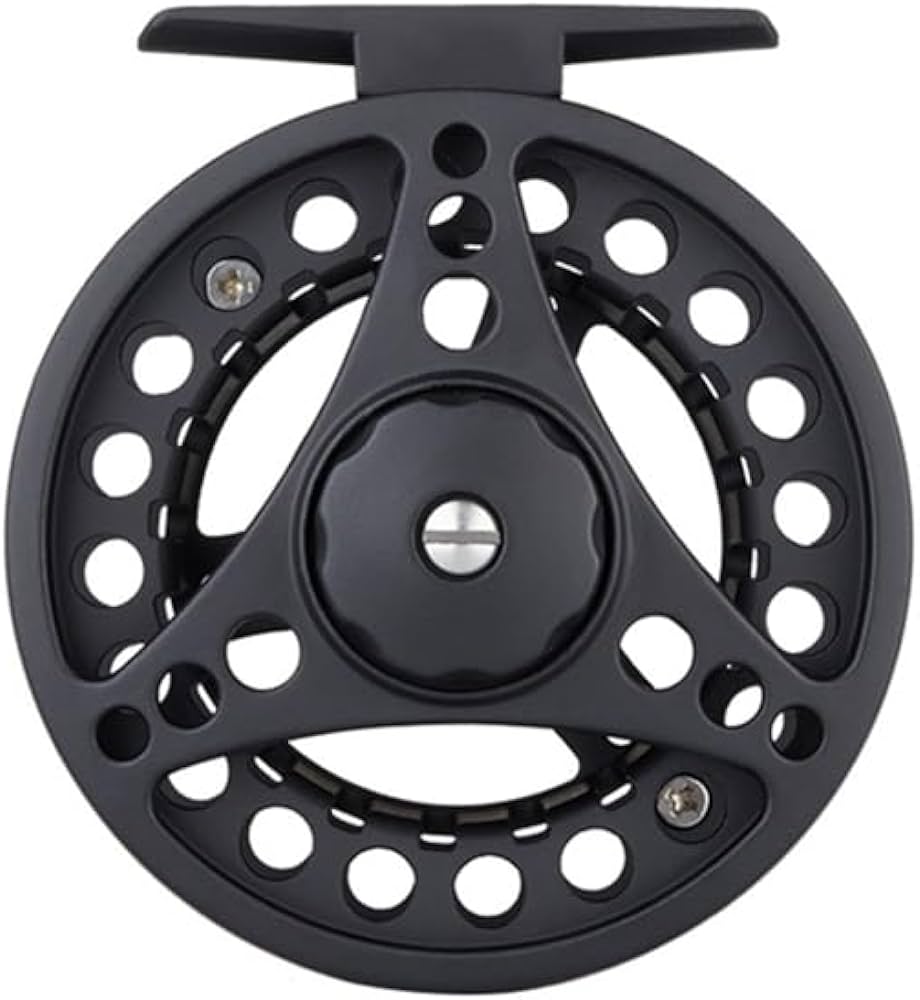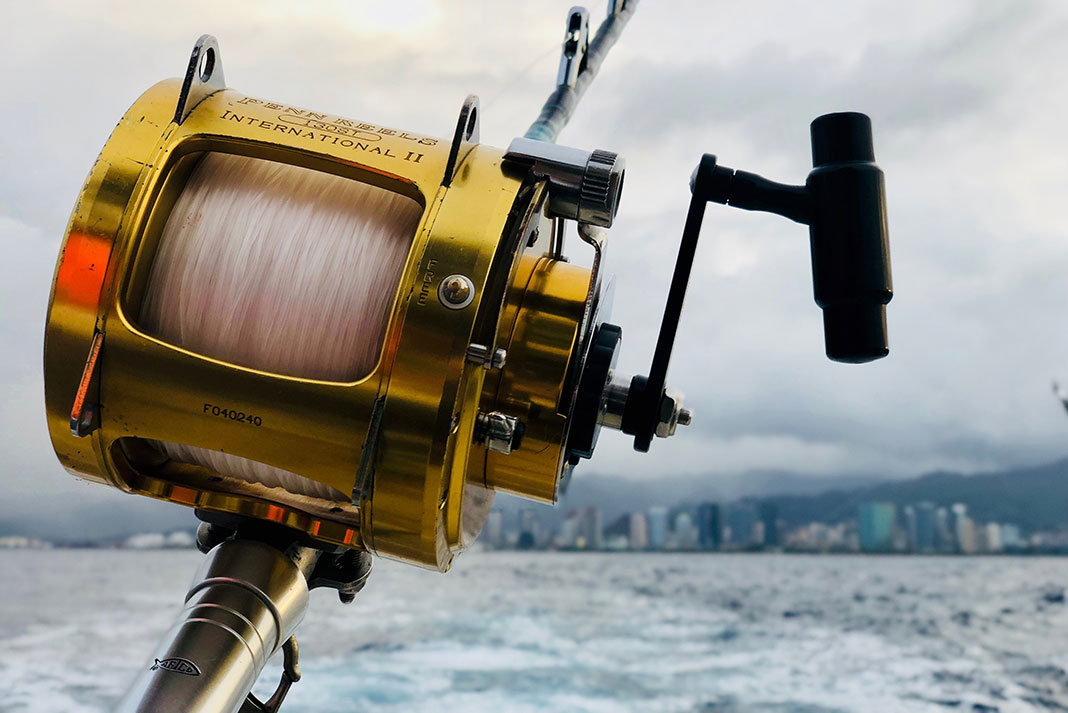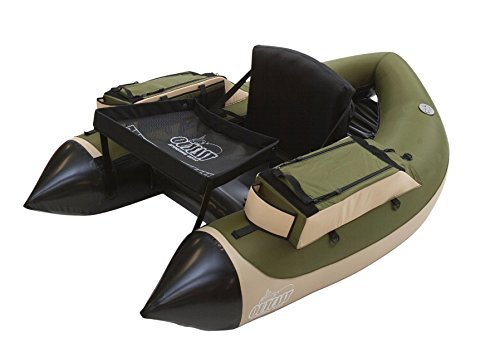To set up a spinning reel, start by attaching the reel to the fishing rod, threading the fishing line through the rod guides, and securing it to the reel spool. Then, close the bail arm and wind the fishing line onto the spool by turning the reel handle.
Finally, tie a fishing lure or bait to the end of the line and you’re ready to fish. Setting up a spinning reel is an essential skill for any angler, whether you’re a beginner or an experienced fisherman. It’s important to follow the proper steps to ensure that your reel is ready to perform optimally and increase your chances of landing that prized catch.
This guide will walk you through the process of setting up a spinning reel, from attaching it to the fishing rod to winding the line onto the spool. With these simple steps, you’ll be well-prepared and ready to hit the water in no time.
Understanding Spinning Reels
Spinning reels play a crucial role in angling, providing numerous advantages over other reel types. These versatile tools are user-friendly and ideal for beginners. A spinning reel consists of several vital components, including the body, spool, handle, drag system, and bail.
The body serves as the foundation, housing all the necessary parts. The spool holds the fishing line and allows for smooth casting and retrieval. The handle enables easy winding, while the drag system controls the amount of resistance applied during a fight with a fish.
The bail, on the other hand, allows for line release and retrieval. Understanding the different components of a spinning reel is essential for successful setup and operation. With proper knowledge, anglers can optimize their fishing experience and increase their chances of catching that prized fish.
Choosing The Right Spinning Reel
Choosing the right spinning reel is crucial. To start, match the reel with your fishing needs. Consider factors like the type of fish you target and the fishing technique you use. Another essential consideration is understanding reel size and weight.
Avoid using a reel that is too heavy for your fishing rod or too small for the fish you aim to catch. A reel that is too heavy can strain your arm, while a reel that is too small may not have enough line capacity.
By carefully considering these factors, you can set up a spinning reel that is perfect for your fishing style and ensures an enjoyable fishing experience.
Preparing The Spinning Reel
Preparing the spinning reel involves gathering the necessary tools and equipment, followed by assembling the reel components. It is important to understand the reel’s drag system. By carefully following these steps, you can easily set up a spinning reel for your fishing needs.

Credit: m.youtube.com
Securing The Fishing Line
Securing the fishing line on a spinning reel is crucial for a successful fishing experience. First, choose the appropriate fishing line that suits your needs. Then, attach the line to the reel by tying a secure knot. Make sure to spool the line properly onto the reel to prevent tangles and ensure smooth casting.
Begin by threading the line through the rod’s guides and then wrap it around the reel’s spool. Hold the line taut while turning the reel’s handle to evenly distribute the line. Keep an eye on the line tension throughout the process.
With these steps, you’ll have a properly secured fishing line on your spinning reel. Happy fishing!
Understanding The Reel’S Bail System
Understanding the reel’s bail system is crucial when setting up a spinning reel. The bail system functions by allowing line to be released or retrieved smoothly. Opening and closing the bail is a fundamental step in using the reel properly.
Troubleshooting common bail issues, such as line twists or jams, can ensure smooth operation. Adjusting the tension and alignment of the bail are important factors to consider. Familiarizing yourself with the intricate workings of the bail system is essential for a successful fishing experience.
So, take the time to understand the mechanics behind it and you’ll be reeling in the catch of the day in no time.
Adjusting The Drag System
Setting up a spinning reel entails adjusting the drag system, with an understanding of its importance. The drag tension should be set correctly to ensure smooth line release and prevent it from breaking. Fine-tuning the drag is essential for various fishing scenarios, as different fish may require different levels of resistance.
By setting the drag accordingly, anglers can maintain control over the line while still allowing fish to run and tire themselves out. This is especially crucial when fighting larger, stronger fish that may put up a tough fight. An accurately adjusted drag system improves the overall fishing experience, increasing the chances of successfully landing a catch.
So, mastering the art of setting up the drag on a spinning reel is an essential skill for any angler looking to maximize their fishing success.
Rigging The Spinning Reel
Rigging a spinning reel involves several important steps to ensure successful fishing. One essential aspect is adding leaders, swivels, and hooks to the line. This helps prevent fish from seeing the mainline and increases the chances of a hookup. Attaching lures or bait to the line is another crucial step, as it entices fish to bite.
Different fishing methods require different rigging techniques, so it’s important to learn and apply the appropriate methods for your chosen technique. By following these steps, you’ll be able to set up your spinning reel effectively and increase your chances of a successful catch.
Practice and experience will further refine your rigging skills and improve your overall fishing performance.
Casting Techniques With A Spinning Reel
Casting techniques with a spinning reel are best executed when you grasp the rod and reel properly. By understanding the mechanics of casting, you can improve your overall fishing experience. To begin, hold the rod with a comfortable grip and ensure the reel handle is in the correct position.
Next, face your target and pull the fishing line out from the reel using your index finger. With a flick of the wrist, release the line and let it flow through the air, aiming for your desired spot. Practice this step-by-step guide to perfect your casting technique, adjusting the force and angle as needed.
With patience and practice, you’ll become more adept at setting up a spinning reel and casting with accuracy and efficiency. Happy fishing!
Retrieving And Landing Fish
Retrieving and landing fish requires mastering various techniques for playing and handling them properly. Understanding the art of retrieval is crucial for successful fishing. It involves using different methods to manipulate the spinning reel and maintain tension on the line as you reel in the fish.
Skillfully maneuver the rod and reel to control the fish’s movements, ensuring a smooth and steady retrieval process. Once the fish is within reach, it’s important to handle it safely, ensuring minimal stress or harm. Properly gripping the fish and supporting its weight prevents injury.
Finally, when releasing the fish back into the water, do so gently, allowing it to swim away smoothly. Following these techniques not only enhances your fishing experience but also promotes conservation and the well-being of the fish population.
Maintenance And Care For Spinning Reels
Maintenance and care is vital for the longevity of your spinning reel. Regular cleaning and lubrication are key. Additionally, checking and replacing worn or damaged components is crucial. By doing so, you can ensure smooth and efficient operation. Proper storage also plays a significant role.
Storing your reel in a dry and cool place, away from direct sunlight and extreme temperatures, helps to prevent damage. This simple step can extend the lifespan of your spinning reel and save you money in the long run. Remember, a well-maintained reel will enhance your fishing experience and increase your chances of success.
So, take the time to properly care for your spinning reel and enjoy many great fishing trips ahead.
Troubleshooting Common Spinning Reel Issues
Spinning reels can be a great choice for anglers, but they do come with their fair share of issues. One common problem is line twist, which can cause tangles and affect casting distance. To identify and resolve line twist, start by removing the old line and respooling it properly.
Avoid overfilling the spool, as this can lead to tangles. Another issue you may encounter is tangles and snags. To deal with these, simply cut away any tangled or snagged line and re-tie your lure or bait. Lastly, reel malfunctions can occur, such as a stiff drag or a stuck bail.
These can often be fixed by cleaning and lubricating the reel, or by adjusting the tension settings. By troubleshooting these common spinning reel issues, you can ensure a smooth and enjoyable fishing experience.
Enhancing Your Skills With Spinning Reels
Enhancing your skills with spinning reels involves practicing various casting techniques. Learning to detect bites and set hooks is crucial for successful fishing. Additionally, it is essential to explore advanced techniques tailored to specific fish species. By experimenting with different methods, you can improve your chances of landing a catch.
Trying out new casting techniques allows you to adapt to different fishing environments and conditions. Furthermore, understanding how different fish species behave and adapting your approach accordingly can significantly increase your chances of success. Continuously refining your skills with a spinning reel opens up a world of possibilities, allowing you to enjoy the thrill of fishing to the fullest.
So, get out there, practice, and dive into the exciting world of spinning reel fishing!
Frequently Asked Questions For How To Set Up A Spinning Reel
How Do You Set Up A Spinning Reel For Fishing?
To set up a spinning reel for fishing, start by attaching the reel to the fishing rod using the provided hardware. Next, thread the fishing line through the guides on the rod and secure it to the reel’s spool using an appropriate knot.
Finally, adjust the drag setting and spool tension according to your fishing needs.
What Is The Proper Way To Spool Line On A Spinning Reel?
To spool line on a spinning reel, first, place the line spool on a flat surface with the label facing upward. Then, secure the end of the fishing line to the reel spool using an arbor knot. Slowly rotate the fishing reel handle to evenly spool the line onto the reel.
Make sure to avoid any twists or tangles as you spool.
How Much Line Should I Put On A Spinning Reel?
The amount of line to put on a spinning reel depends on the reel’s size and intended usage. As a general rule, fill the spool to about 1/8 inch below the reel’s rim when the line is fully extended. This allows for proper casting and prevents tangling or binding of the line during use.
Conclusion
Setting up a spinning reel doesn’t have to be a daunting task. By following the steps mentioned in this blog post, you can easily get your reel ready for your next fishing adventure. Start by attaching your reel to the rod and ensuring everything is securely fastened.
Then, spool your line onto the reel, making sure to apply the right amount of tension. Next, adjust the drag to ensure smooth line release. Don’t forget to properly tighten your fishing line to prevent any tangles or breaks. Lastly, test your setup by casting a few times and making adjustments as needed.
With a little practice, you’ll have your spinning reel set up and ready to go in no time. Happy fishing!





